Examines the history, traditional lifestyle, and current situation of the Nez Percâe Indians.
Picture Book
Wilma Sin Limites: Como Wilma Rudolph Se Convirti¢ En La Mujer M s R pida Del Mundo
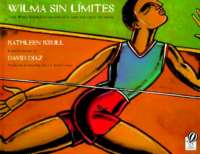
The Spanish-language edition of Wilma Unlimited.Before Wilma was five years old, polio had paralyzed her left leg. Everyone said she would never walk again. But Wilma refused to believe it. Not only would she walk again, she vowed, she’d run. And she did run–all the way to the Olympics, where she became the first American woman to earn three gold medals in a single olympiad.
Pio Peep!: Traditional Spanish Nursery Rhymes
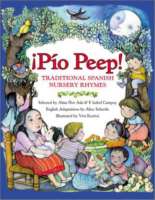
A collection of more than two dozen nursery rhymes in Spanish, from Spain and Latin America, with English translations.
By the Dawn’s Early Light – Spanish (Libros Colibri)
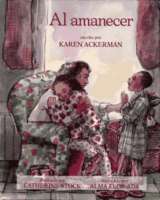
This Spanish translation of the gentle story By the Dawn’s Early Light reflects an experience familiar to many Spanish-speaking children: life in a household where the parent works at night. There isn’t much time to see Mama; but sometimes, early in the morning, Raquel hears her mother come home. She wakes her brother and they go downstairs to share some quiet time with Mama. Full color.
Quien Es De Aqui: Una Historia De America/ Who Belongs Here?: An American Story (Spanish)
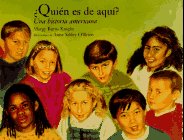
Describes the new life of Nary, a Cambodian refugee, in America, as well as his encounters with prejudice. Includes some general history of U.S. immigration.
Juana Ines/Juana Ines (Cuando los Grandes Eran Pequenos/ When the Grown-Ups Were Children) (Spanish Edition)
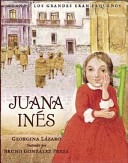
Biographical poem about the childhood of poet and nun, Sister Juana Inés de la Cruz.
My Diary from Here to There/Mi Diario De Aqui Hasta Alla
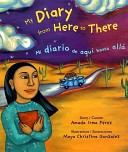
A young girl describes her feelings when her father decides to leave their home in Mexico to look for work in the United States.
La Nochebuena South Of The Border
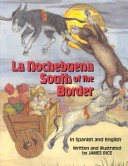
In this bilingual version of “The Night before Christmas,” Santa has become Papa Noel and his reindeer have been replaced with eight burros pulling a cart.
Madalynn The Monarch Butterfly And Her Quest To Michoacan
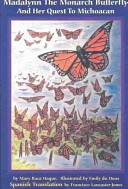
Come and journey with Madalynn, a magnificent monarch butterfly, as she migrates to Mexico. Madalynn has a bright, energetic, liberating spirit that keeps her focused on her quest to reach her parents and the rest of the butterfly community in Michoacn. She encounters native species in her travels that entertain and educate
La Capa Del Morrocoy
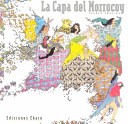
Many years ago, when animals had the shape of men, the Caracara and the Hawk celebrated the coming of age of their daughters. They invited the most famous drummer of all, who came with his beautiful yellow and black sequin cape. On the third night of the celebration, the guest enchanted the three loveliest girls… This Guajiro legend explains the origin of butterflies, bees and hummingbirds, and tells why the tortoise carries a shell on its back.
